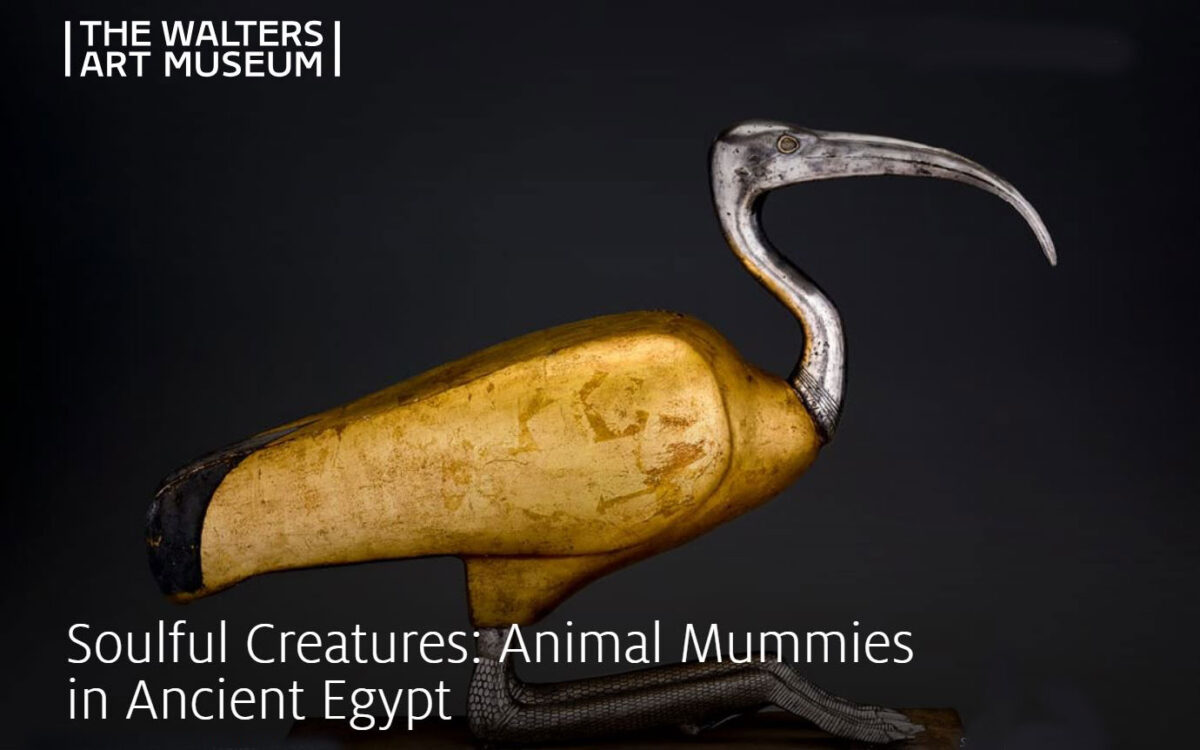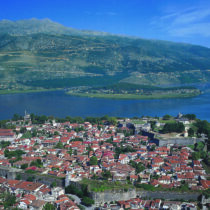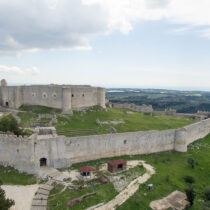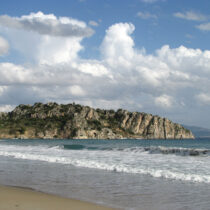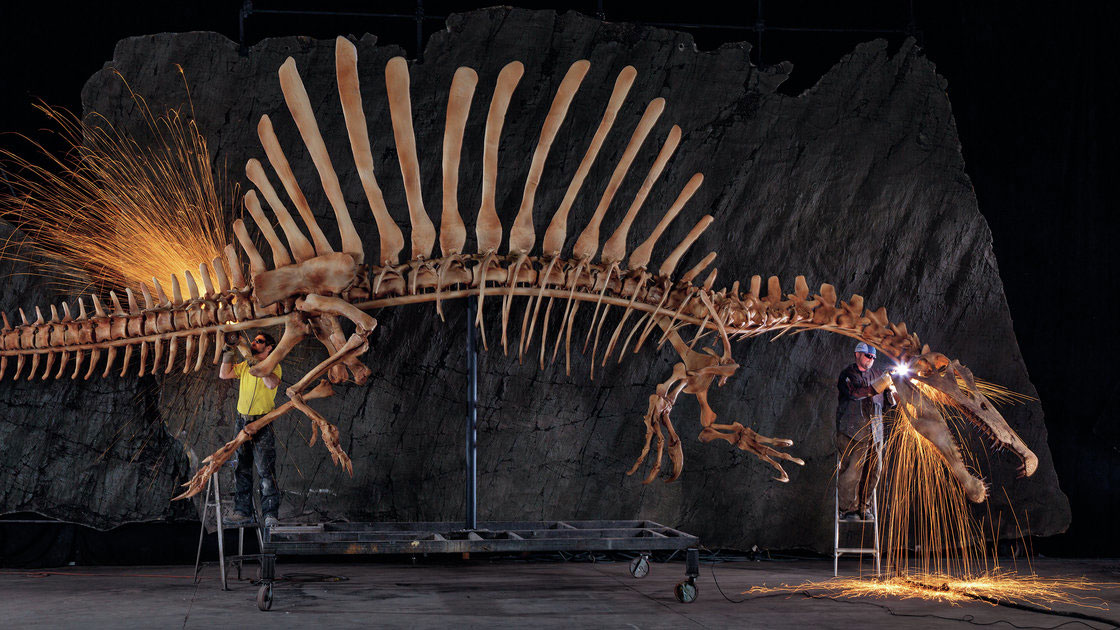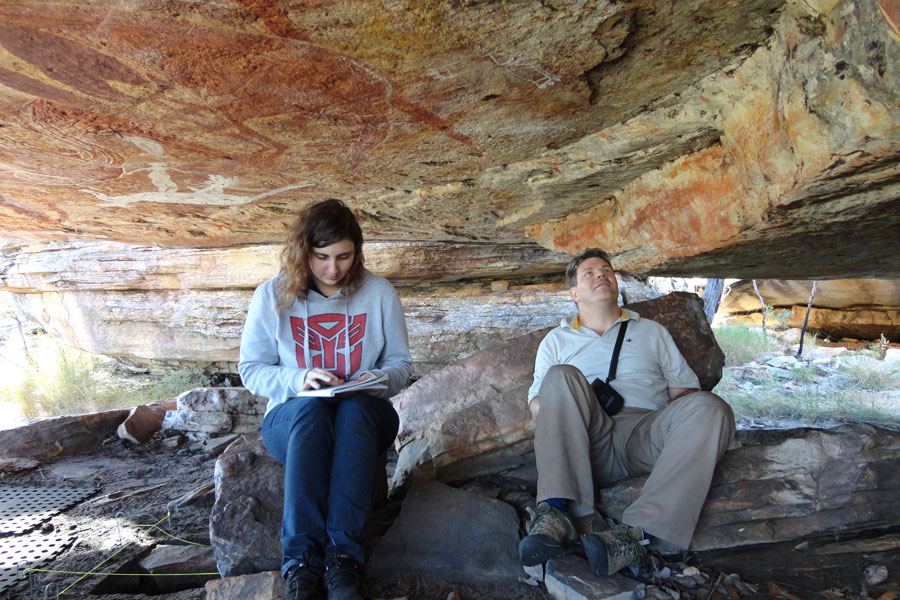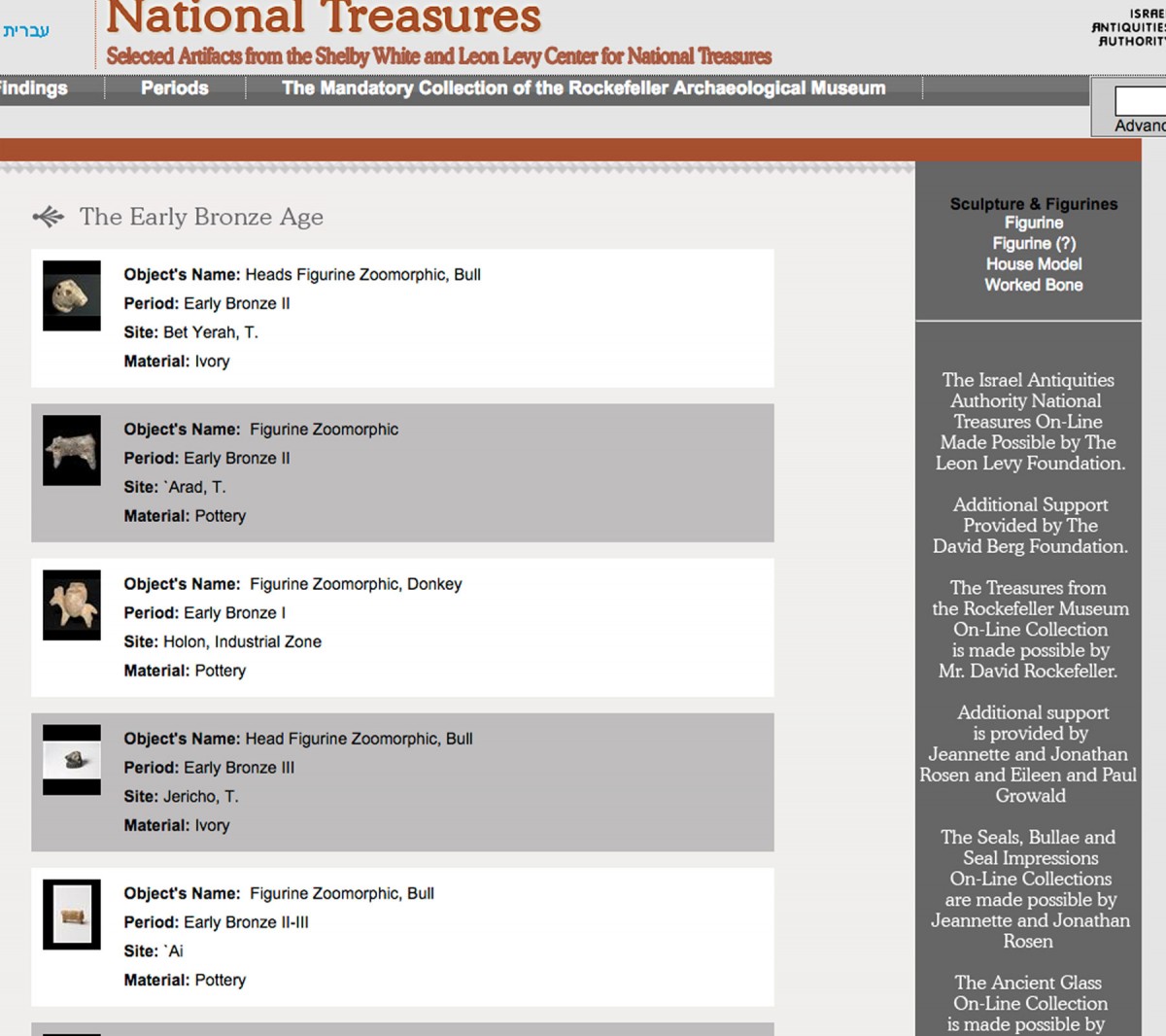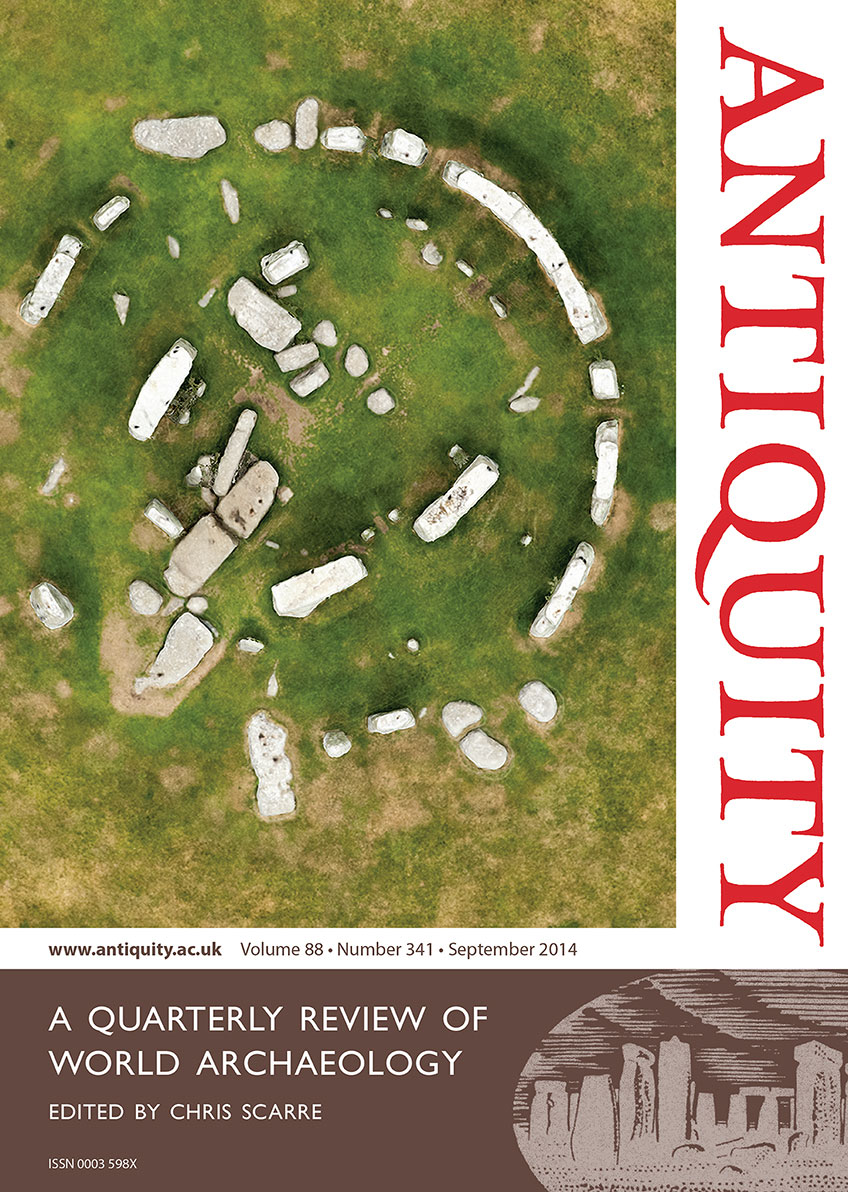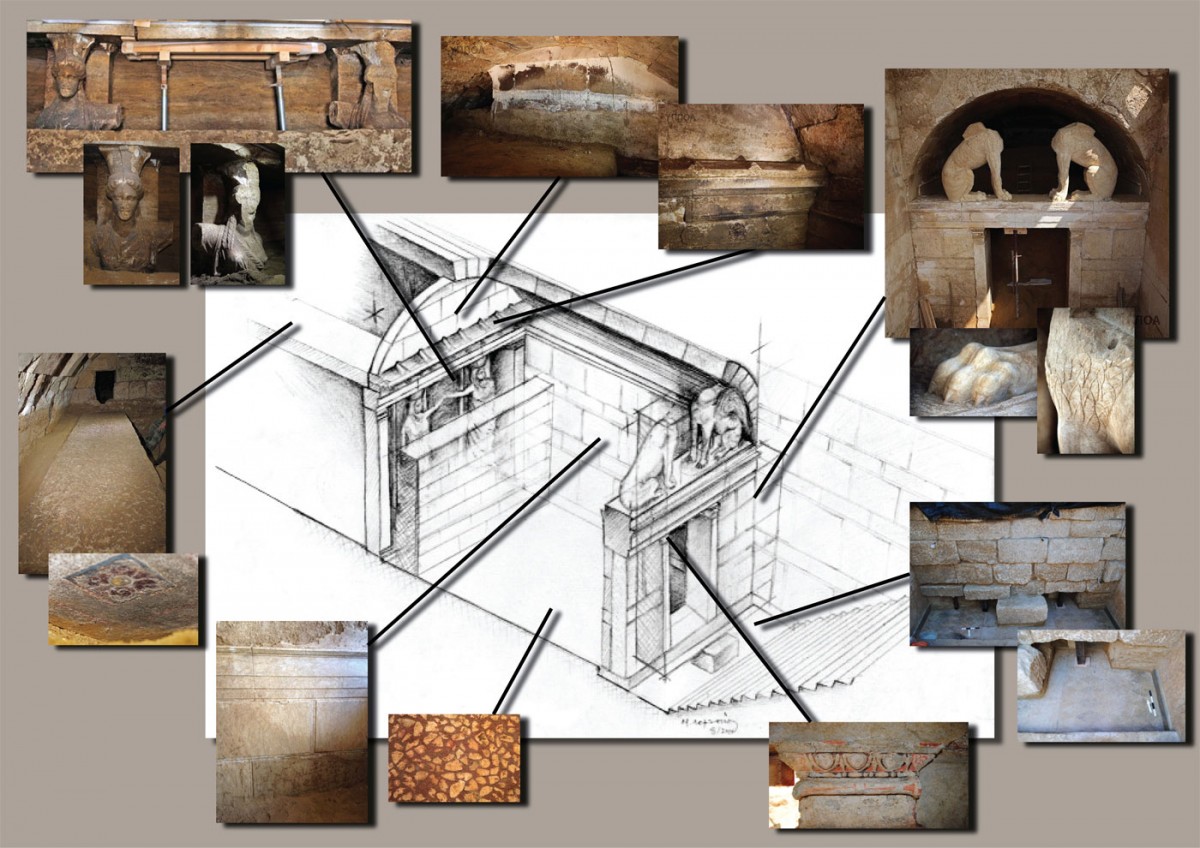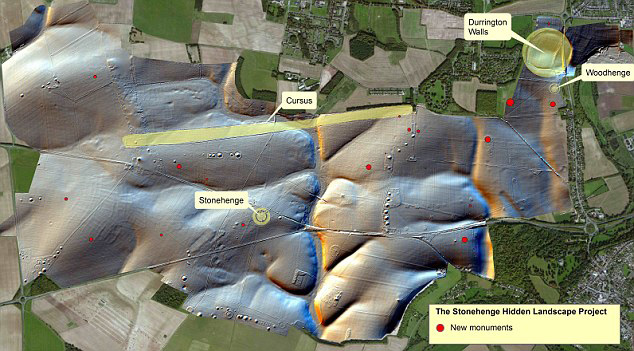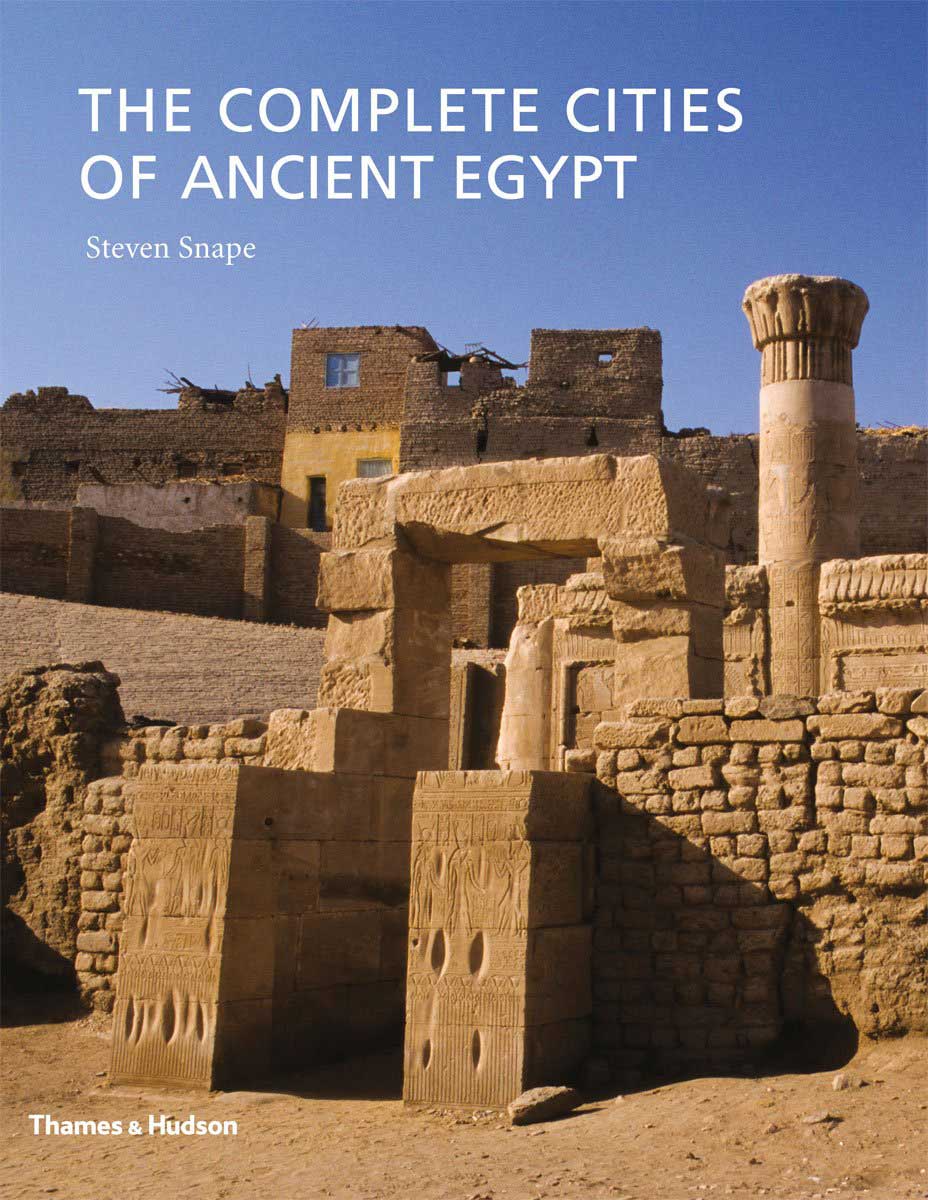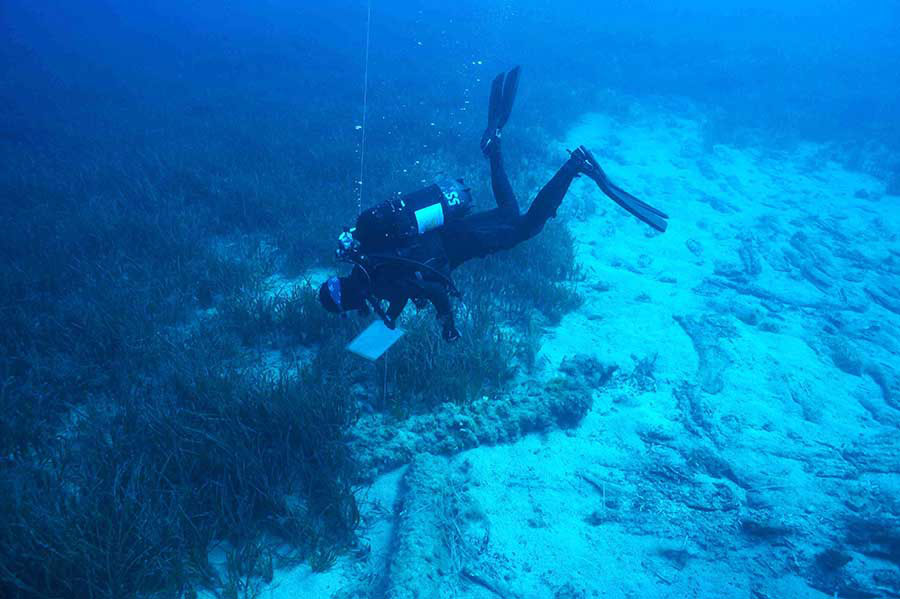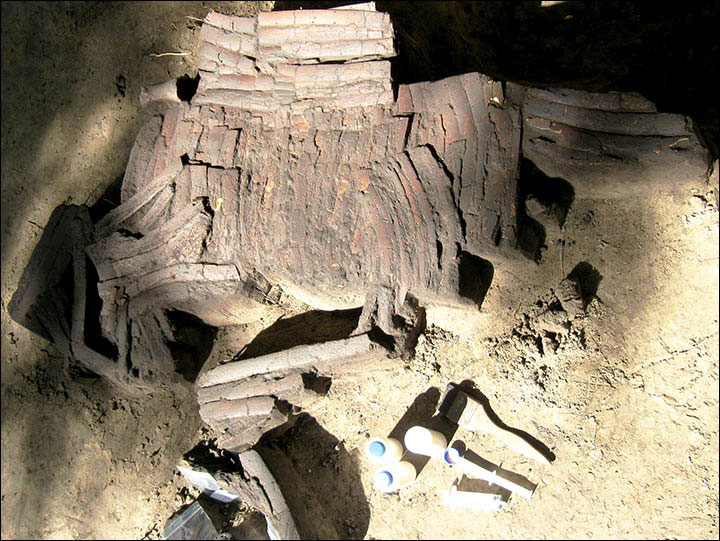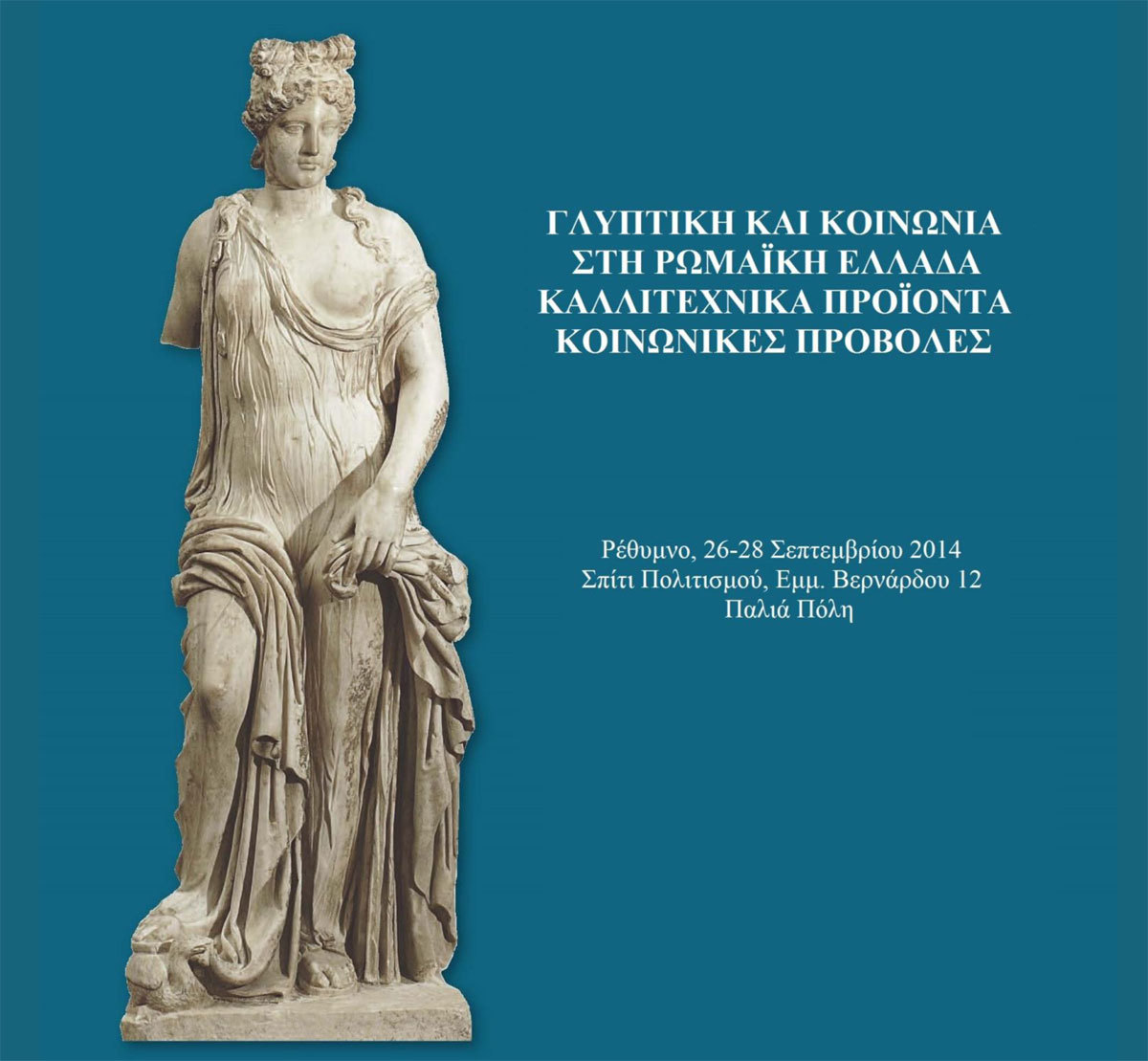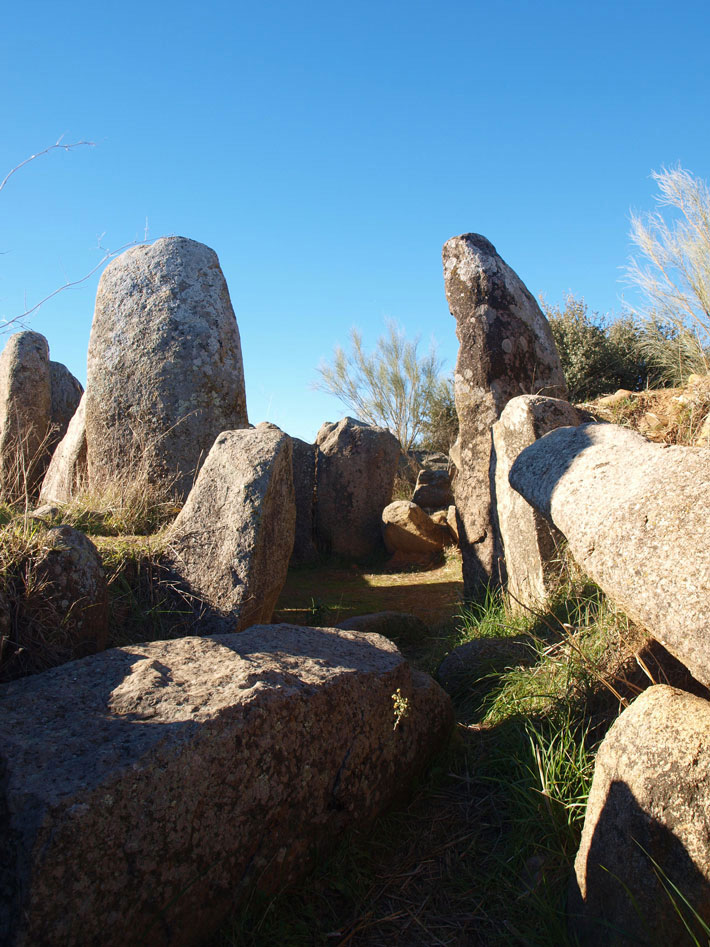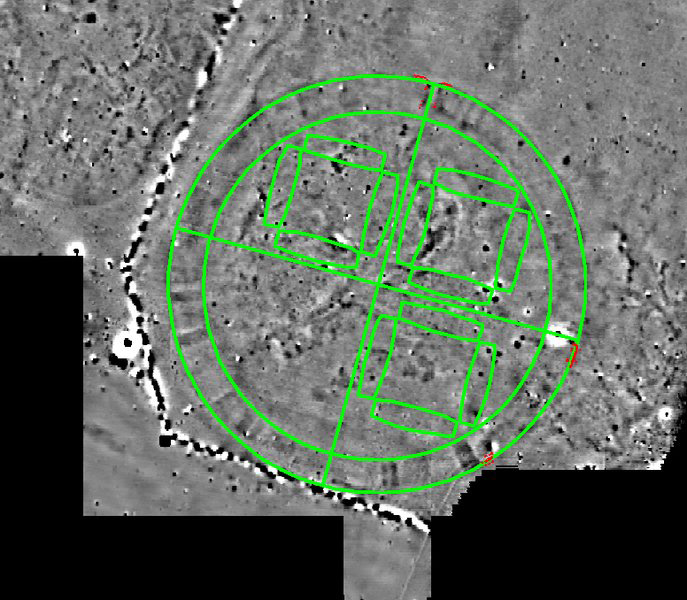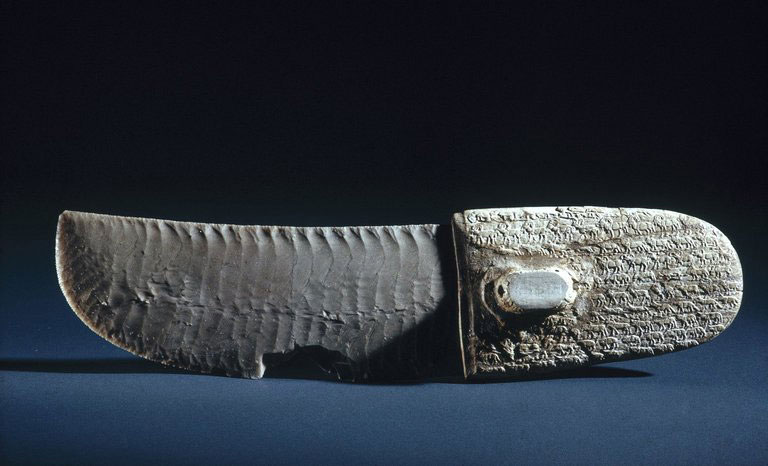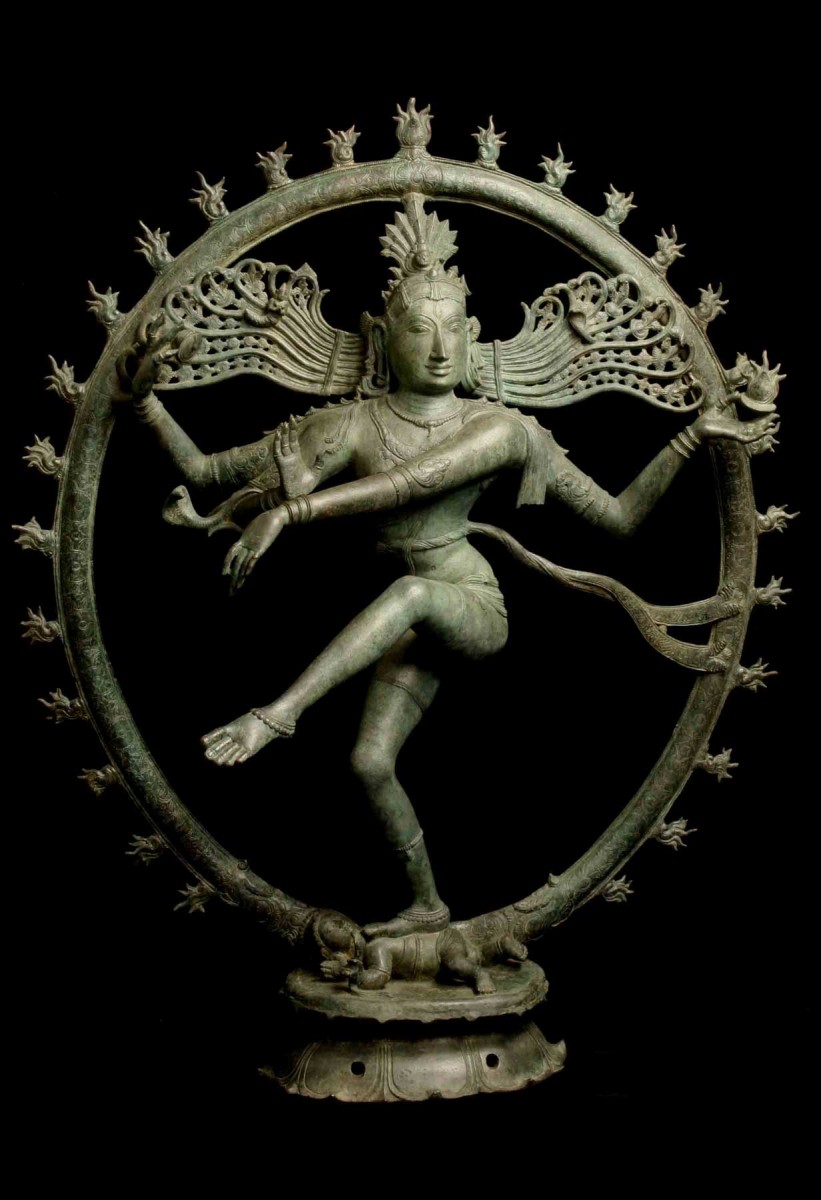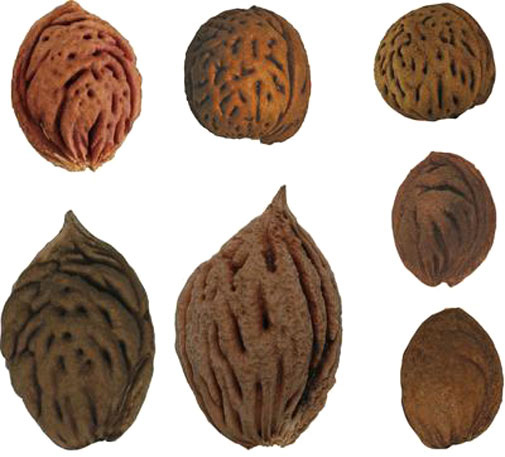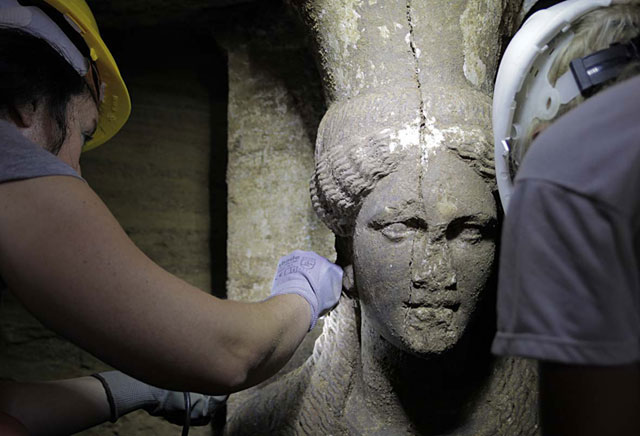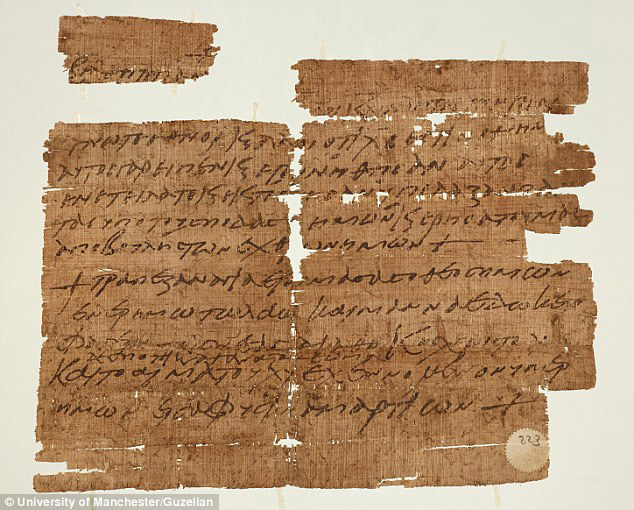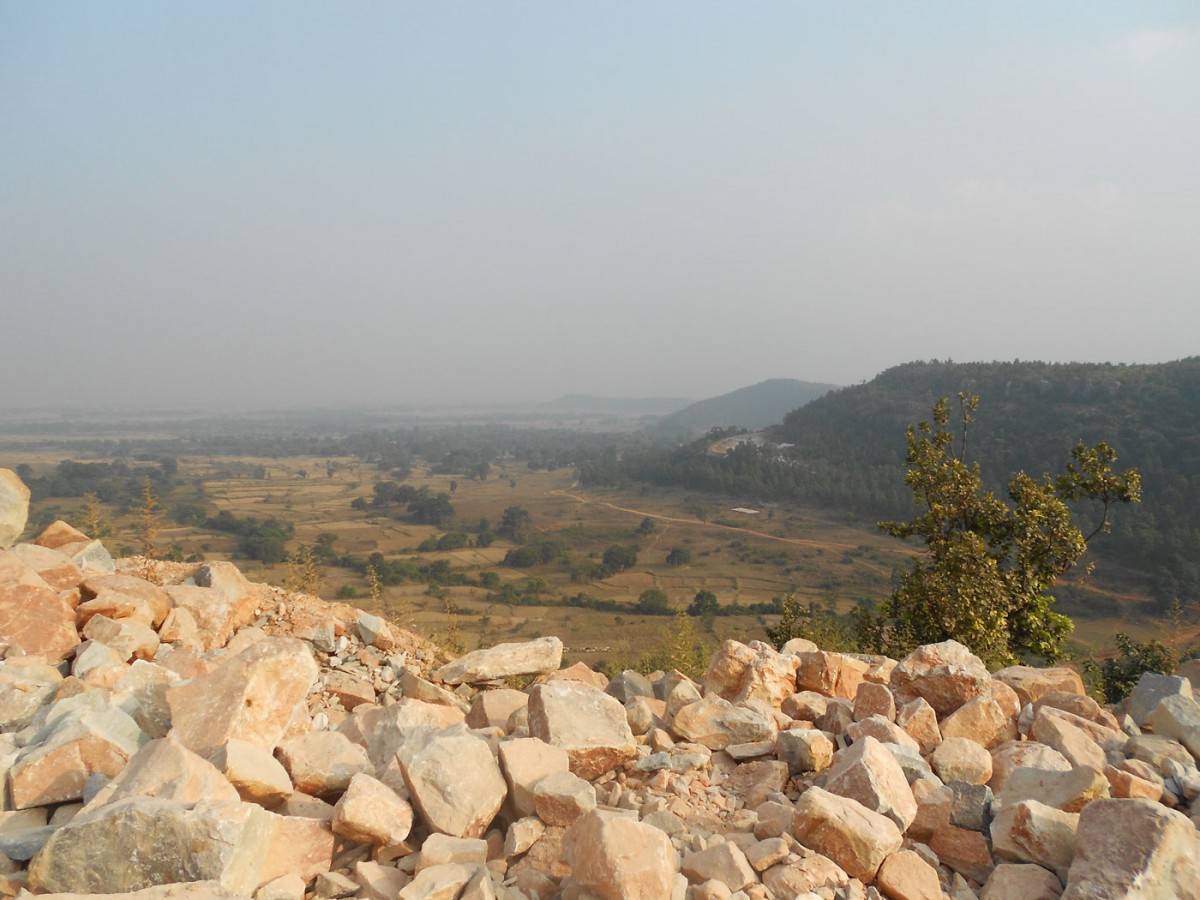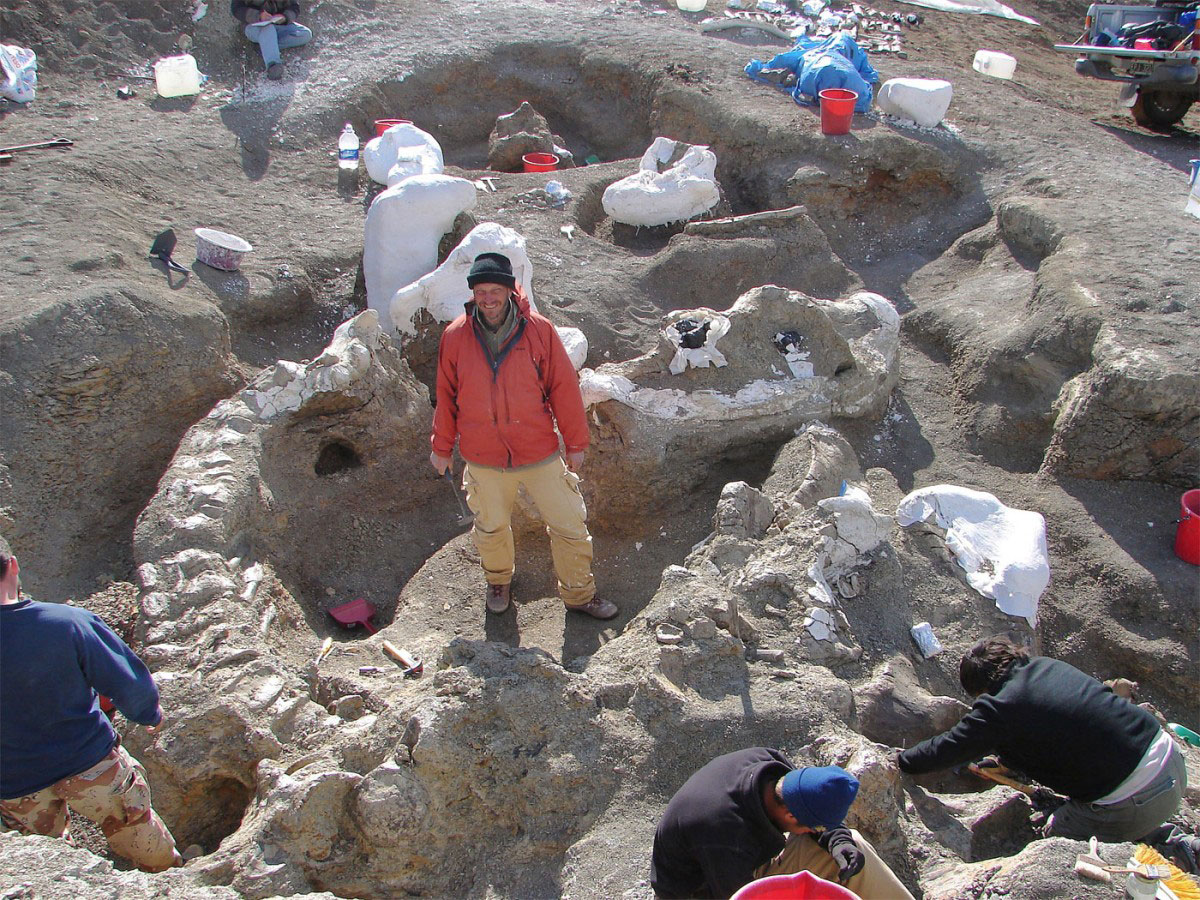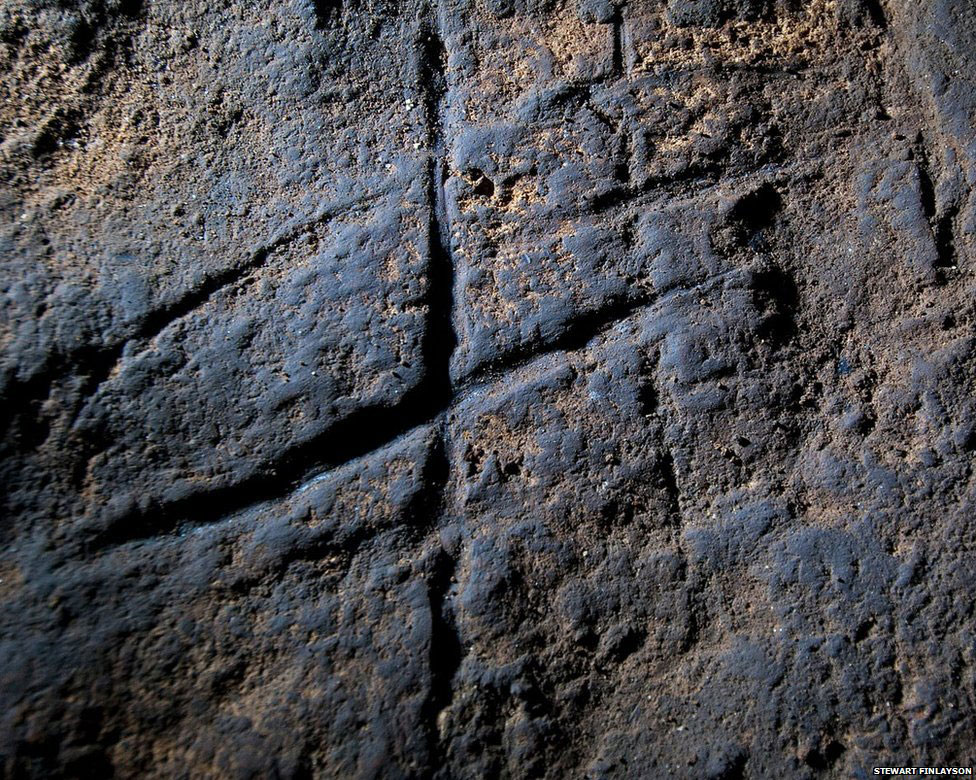Scientists report first semiaquatic dinosaur, Spinosaurus
New fossils of the massive Cretaceous-era predator reveal it adapted to life in the water some 95 million years ago.
The Caryatids in all their grandeur and beauty
On Thursday, archaeologists working at the Amphipolis site revealed the bodies of the two life-sized Caryatids, whose heads came to light over the weekend.
Researchers uncover chemistry behind ancient rock art
UTS researchers are working with archaeologists, anthropologists and the Northern Territory's Jawoyn community to chemically analyse ancient rock art and uncover its secrets.
Thousands of archaeological artifacts available online by the Israel Antiquities Authority
The Israel Antiquities Authority is making thousands of archaeological artifacts from the collections of the National Treasures available and accessible on the internet.
Cambridge University Press to publish “Antiquity” from 2015
Cambridge University Press announced that it is partnering with Antiquity Publications Ltd to publish Antiquity from 2015.
The two Caryatids have “conquered” the international media
As international media report of the Amphipolis excavation results, the first axonometric representation of the tomb has been released.
Stonehenge may never be the same again
A host of previously unknown archaeological monuments have been discovered around Stonehenge as part of an unprecedented digital mapping project.
The Complete Cities of Ancient Egypt
The first book to bring the latest discoveries about ancient Egyptian cities and towns to a wide general and scholarly audience.
New archaeological investigation of the Nissia Shipwreck
A new underwater archaeological investigation of a medieval shipwreck at Nissia, Paralimni, Cyprus, will be conducted by the MARELab of the University of Cyprus with the support of the Honor Frost Foundation.
Bronze Age bone armor unearthed in Siberia
The newly discovered well-preserved bone armor near the Irtysh River, Western Siberia has intrigued archaeologists.
Sculpture and Society in Roman Greece
International Archaeological Conference discussing workshops and their artistic production as well as the social role of sculpture in the context of the cities.
Copper Age settlement discovered in central Spain
Tübingen archaeologists show the Meseta’s resources used intensively as early as 4000 years ago.
Sensational Viking fortress discovered in Denmark
Archaeologists from the Danish Castle Centre and Aarhus University have discovered a previously unknown Viking fortress in a field west of Køge, Denmark. The discovery could be an important piece in Denmark’s historical jigsaw puzzle.
Study traces ecological collapse over 6,000 years of Egyptian history
Ancient Egyptian artworks help scientists reconstruct how animal communities changed as climate became drier and human populations grew.
Australia returned Hindu statues to India
On Friday, Australia’s Prime Minister Tony Abbott returned the two ancient Hindu statues displayed in Australia, but allegedly stolen from Indian temples.
It’s the pits!
As peach trees in the Niagara Region of Ontario give up the last of their fruit for the season, their ancestors halfway around the globe are clamouring for attention.
“Gods, Myths and Mortals” to open in Australia
The exhibition "Gods, Myths and Mortals" opens on Friday, September 12, at the Hellenic Museum of Melbourne in Australia.
Amphipolis: Two caryatids of exceptional artistry found
Two caryatids of exceptional artistry carved in Thasian marble were revealed on Saturday afternoon (September 6), during the ongoing excavations at the Casta hill burial monument in ancient Amphipolis.
The Ionia Road (Part III)
During the rescue excavation at the fortification wall at "Treis Ekklesies", occasioned by the construction of the Ionia Motorway, a Protogeometric cemetery was located and investigated at Stamnas.
One of world’s earliest Christian charms found
A 1,500 year old papyrus fragment found in the University of Manchester’s John Rylands Library has been identified as one the world’s earliest surviving Christian charms.
PhD scholarships at the Graduate School at Arts
A number of SU PhD scholarships SU (4+4) and PhD fellowships (5+3) are announced at the Graduate School at Arts, Faculty of Arts, Aarhus University of Denmark.
Trinity geologists re-write Earth’s evolutionary history books
They found that oxygen-producing life forms were present on Earth some 3 billion years ago – a full 60 million years earlier than previously thought.
T. Rex times seven: New dinosaur species is discovered in Argentina
At 85 feet long and weighing about 65 tons in life, Dreadnoughtus schrani is the largest land animal for which a body mass can be accurately calculated.
The first Neanderthal work of art?
A study of a rock engraving discovered within Gorham’s Cave in Gibraltar finds that the series of criss-crossed lines cut into stone was likely created by Neanderthals.
